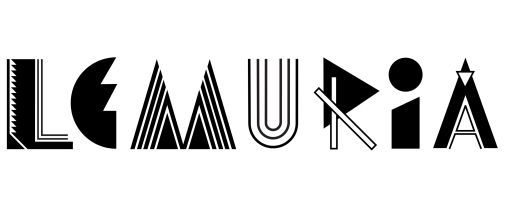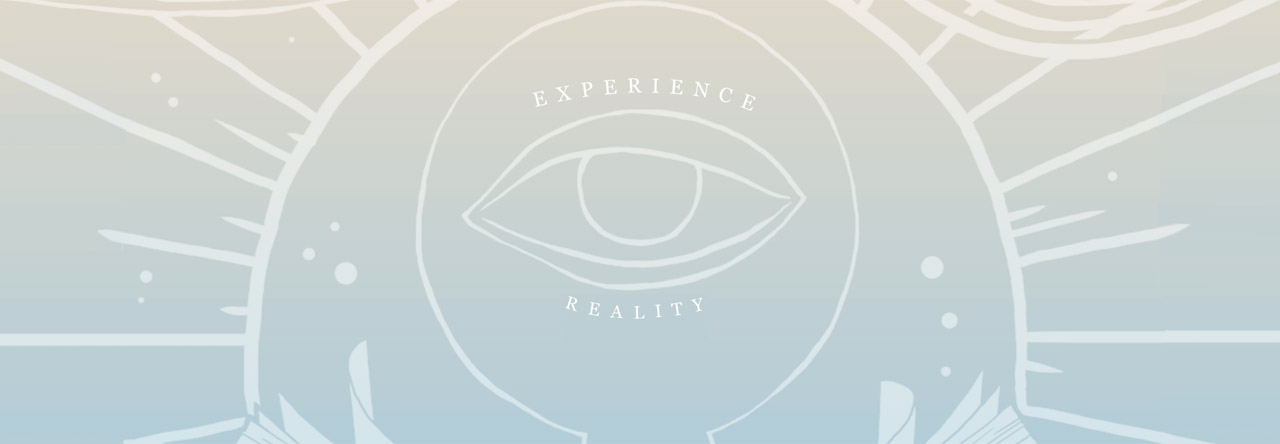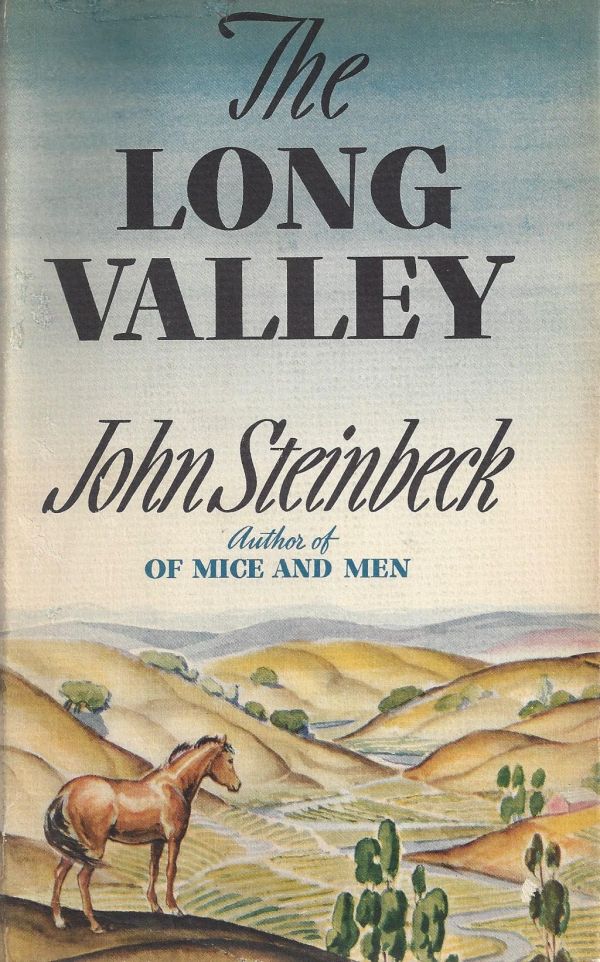Working at a bookstore has unfortunate side effects. One of the prerequisites for working at Lemuria is being a fairly regular reader. We encourage all of our employees to read, and read often. The basis of being a good bookseller is reading and being able to accurately (and honestly) convey your experience with customers looking for the next best thing. For me, this means prioritizing my time for only the best books.
Therein lies the unfortunate side effect.
You see, you can never truly appreciate the sun without rain. So, objectively, can we place one above the other? The sun and rain both provide pros and cons. Objectivity is almost impossible when choosing why we like one more than the other. Adam Sternbergh has cooked up a torrential downpour with his hard boiled mystery series.
Earlier this year Random House sent the us a huge batch of Advance Reading Copies. These special edition books are printed for the sole purpose of spreading the good news about upcoming releases. I like to site down with a few crates and start dividing the books in keep and toss piles respectively. Shovel Ready had a hilariously bad title and an even worse cover. I threw it in the keep pile. Shovel Ready is the first in a new mystery series that follows Spademan.

He’s a garbage man. Not the kind of garbage man that takes out the trash. He’s the kind that takes out the trash.
Spademan considers himself a bullet. Just point, pull, bang. Only one rule: no kids. All he needs is a name, he’ll take care of the rest. Point, pull, bang. Except he doesn’t use guns. He uses a box cutter; it gets the job done. The book starts up with Spademan receiving a call with his latest hit and he sets off the do what he does best; only he doesn’t because its a kid.
Shovel Ready takes place in a dystopian New York recovering from a nuclear terrorist attack on Times Square. The city has been all but abandoned by the rest of the country leaving a great divide between the city’s elite and the poor. Just before the attack an alternate reality is constructed for the people that can afford it called the limnosphere. The limn allows for a user to fulfill visor her wildest fantasies. After the bombing, Spademan sinks into the limn to escape the world around.
Now, I’d like to pause for a moment to say that all of this is ridiculous. If it sounds that way, it’s because it is. It’s ridiculous and I love it.
After a trail of bodies, the book wraps up quite nicely and ties up all the plot points in under 300 pages. Almost.
I had absolutely no idea a sequel was coming out until 2 days ago. I immediately stopped all of my books in progress and settled in for another wild ride through the disjointed and frequently inconsistent world of Near Enemy.
 Near Enemy picks up a year after Shovel Ready. Spademan gets a call, and gets to work. …then he doesn’t. Again. Near Enemy’s narrative genesis is identical to Shovel Ready, and I have no idea how Adam Sternbergh got away with this. It contradicts everything that Spademan is supposed to be. In the first book Spademan doesn’t kill his target because she’s a kid, but in this book, he just doesn’t do his job. I’m expected to just go with it.
Near Enemy picks up a year after Shovel Ready. Spademan gets a call, and gets to work. …then he doesn’t. Again. Near Enemy’s narrative genesis is identical to Shovel Ready, and I have no idea how Adam Sternbergh got away with this. It contradicts everything that Spademan is supposed to be. In the first book Spademan doesn’t kill his target because she’s a kid, but in this book, he just doesn’t do his job. I’m expected to just go with it.
And I do.
These books are the perfect palate cleansers. After reading book after book, classic after classic, it’s nice to just sit back and enjoy the ride. I can’t be objective about this series because I know the only reason I’m reading them is because how fun they are. Things rarely make sense, characters are unpredictable, everything is convenient, and I don’t care.
Like the characters I’m happy to leave the dark, dense literary world behind and tap-in to the world that Adam Sternbergh has created for me. His limnosphere of happenstance.
Shovel Ready is available now in paperback.
Written by Andre
 Epic Sports, 2000.
Epic Sports, 2000. 

 New York: Random House, 2001.
New York: Random House, 2001. 

 Harcourt, Brace, Jovanovich, Inc. 1970.
Harcourt, Brace, Jovanovich, Inc. 1970.
 Near Enemy picks up a year after Shovel Ready. Spademan gets a call, and gets to work. …then he doesn’t. Again. Near Enemy’s narrative genesis is identical to Shovel Ready, and I have no idea how Adam Sternbergh got away with this. It contradicts everything that Spademan is supposed to be. In the first book Spademan doesn’t kill his target because she’s a kid, but in this book, he just doesn’t do his job. I’m expected to just go with it.
Near Enemy picks up a year after Shovel Ready. Spademan gets a call, and gets to work. …then he doesn’t. Again. Near Enemy’s narrative genesis is identical to Shovel Ready, and I have no idea how Adam Sternbergh got away with this. It contradicts everything that Spademan is supposed to be. In the first book Spademan doesn’t kill his target because she’s a kid, but in this book, he just doesn’t do his job. I’m expected to just go with it.







